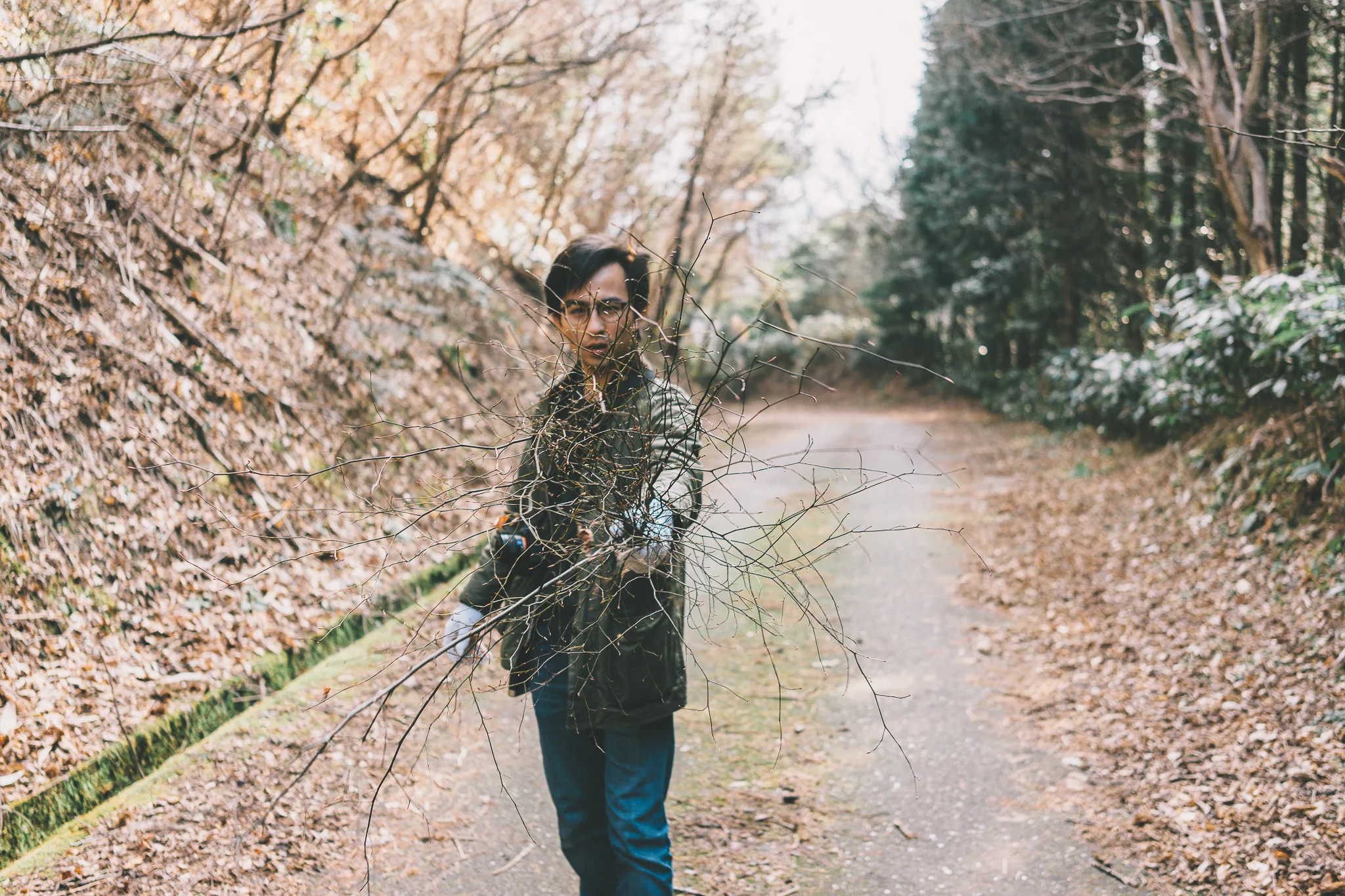Hiroshima-Na: Good to Eat all Throughout its Lifecycle
So I don’t know if you guys have gotten to know this about me, but I’ve been very into growing my own vegetables ever since I moved to Shimane.
One of my all time favorite vegetable that I’ve grown this year is my Hiroshima-Na or 広島菜.
These guys are kind of like Bok Choy, but has less of that “bulby” shape, almost a little like lettuce.
The picture above is after they flower, so I’ll show you a picture of it in its prime eating season below.
Gets pretty big right? But don’t let its appearance fool you, its not just some boring leafy greens, its a versatile and flavorful super vegetable. The most interesting thing is that depending on the time of its lifecycle, you can use this plant for different cooking. Let me give you a little life story of the Hiroshima-Na and maybe you’ll be sold on this as well.
the life cycle of the hiroshima-na
When you first plant them from seeds, what you get are these little buds that have two heart shaped leaves. At this point there isn’t much you can do other than picking some out if they look over crowded. I planted my seeds probably late September and was aiming to have them fully grown by December.
After about a month later, they start to get to the length of your hand which is also when you can start using your Hiroshima-Na for cooking purposes. However, I found that they shrunk quite a bit after I stir fried them. At this point it is probably better to lightly boil them or to make asazuke (lightly pickled vegetables). I would sometimes lightly boil the smaller ones and make a salad by mixing them with some mountain yam, bonito flakes, and shiro-dashi. The Hiroshima-Na gave a nice crunchy texture to the mountain yam, which has a slimy and have a texture like an apple.
Another month into the growing process, the Hiroshima-Na becomes thicker and generally grows twice in size. At this point stir frying is a great option, where the base of the leaves are thick enough to take some heat without withering up into nothingness. I would usually get some chicken and stir fry the Hiroshima-Na with some sesame oil, soy sauce, mirin, and a little bit of potato starch to thicken the sauce. In Hiroshima, they take the the whole vegetable and pickle it with some salt and konbu without cutting it up. I tried this but I put way too much salt into it and messed up lol. What I loved about this stage of the Hiroshima-Na was its flavor, there was this minerally umami that would come out of the water that the plant had. Taking advantage of this natural umami that the Hiroshima-Na has, which I think is much more flavorful than Bok Choy, is to use it as a pot lid. Yeah I said a pot lid, and no I’m not going insane in the countryside.
In Japan, there is something called an Otoshi-futa which essentially means dropping a lid. In Japanese cooking we use sheets of paper towels, aluminum foil and other “sheets” to make lids that go right over the food. This is usually relevant for boiled or simmered dishes when you want the liquid you are boiling your food to soak the top parts of whatever you are boiling. I love using the leaves of my Hiroshima-Na as a Otoshi-futa when I am making Kakuni or slow simmered porkbelcy with daikon radishes. The leaves act as a natural lid if you place them on top of the ingredients, and it also cooks the leaves adding an extra freshness to the dish which focuses on the sweet, salty and savory.
but what i really want to share is the next evolution of my hiroshima-na
It’s these flowers that I want to really talk about. With any plant, once it reaches a certain point, it starts focusing on making seeds. That’s what’s going on right now with my Hiroshima-Na. A lot of times, people stop eating a vegetable once it starts to grow flowers, but I have found that these flowers is the next level of how to enjoy Hiroshima-Na.
These flowers and the surrounding buds are actually super delicious, a little bit spicy near the top, but the stalks are sweet and meaty almost like asparagus. This can definitely be used to make some tempura, boiled and pour some soy sauce and sprinkle some bonito flakes, or just simply boil/steam and eaten together with mayonnaise. Even if you don’t cook them, they give off a really deep sweet aroma, almost a little like jasmine that is really nice to use just as decoration. Edible decoration!
Goes great with this hand blown glass vase I bought in Oita Prefecture!





























